Aha, from the last comment it sounds like you'd like a "chained" lag, where it uses the last value of that month that is available, however many years back you need to go.
Jan-11 will show the value 10, but when it comes to Jan-12, it shows
NA (when it should be 10).
Here's an approach that relies on first grouping by month, and then using tidyr::fill() to fill in from the last valid value for that month.
First, some fake data. (BTW it would be useful to include something like this in your question so that answerers don't have to retype your numbers or generate new ones.)
# Make fake data with 1 year values, 2 yrs NAs
library(lubridate)
set.seed(42);
data <- data.frame(
dates = seq.Date(from = ymd(20100101), to = ymd(20121201), by = "month"),
values = c(as.integer(rnorm(12, 10, 3)), rep(NA_integer_, 24))
)
# Group by months, fill within groups, ungroup.
library(tidyverse)
data_filled <- data %>%
group_by(month = month(dates)) %>%
fill(values) %>%
ungroup() %>%
arrange(dates)
